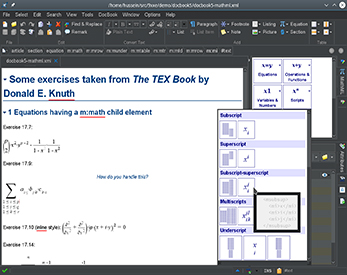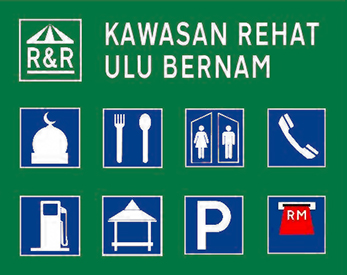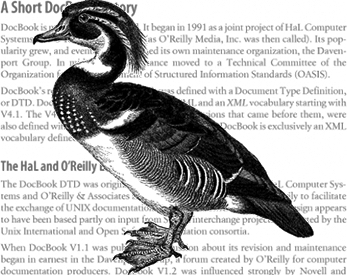Migrating from Markdown to structured authoring
I’m a huge fan of Markdown. It’s great for wikis and writing content for static sites (most of the content on this site is written using it). But there comes a point in software documentation when the size of the project or the number of contributors has grown to the point that you need to impose some kind of structure on it. And that’s what structured docs are for. One of the main reasons you’d want to do that is to separate the content from the presentation. And that in turn enables you to present the content in different ways on various targets, such as print and online. But you’ve got all this content in Markdown already. So what are your options? You could recreate everything from scratch (don’t do that). Or you could migrate from Markdown to a structured authoring system.
Read More













